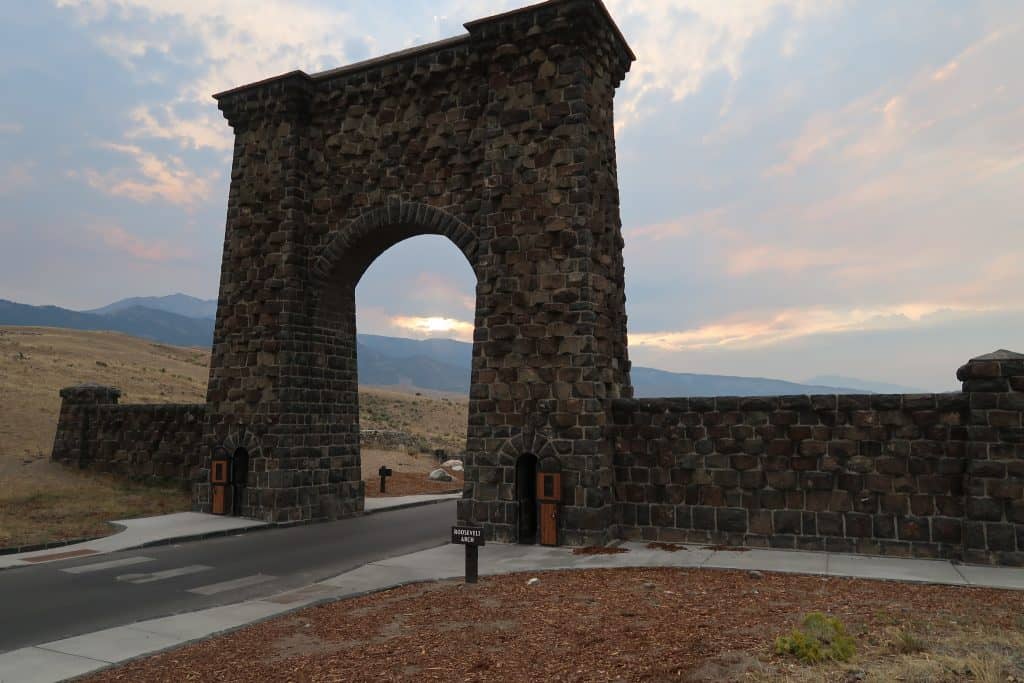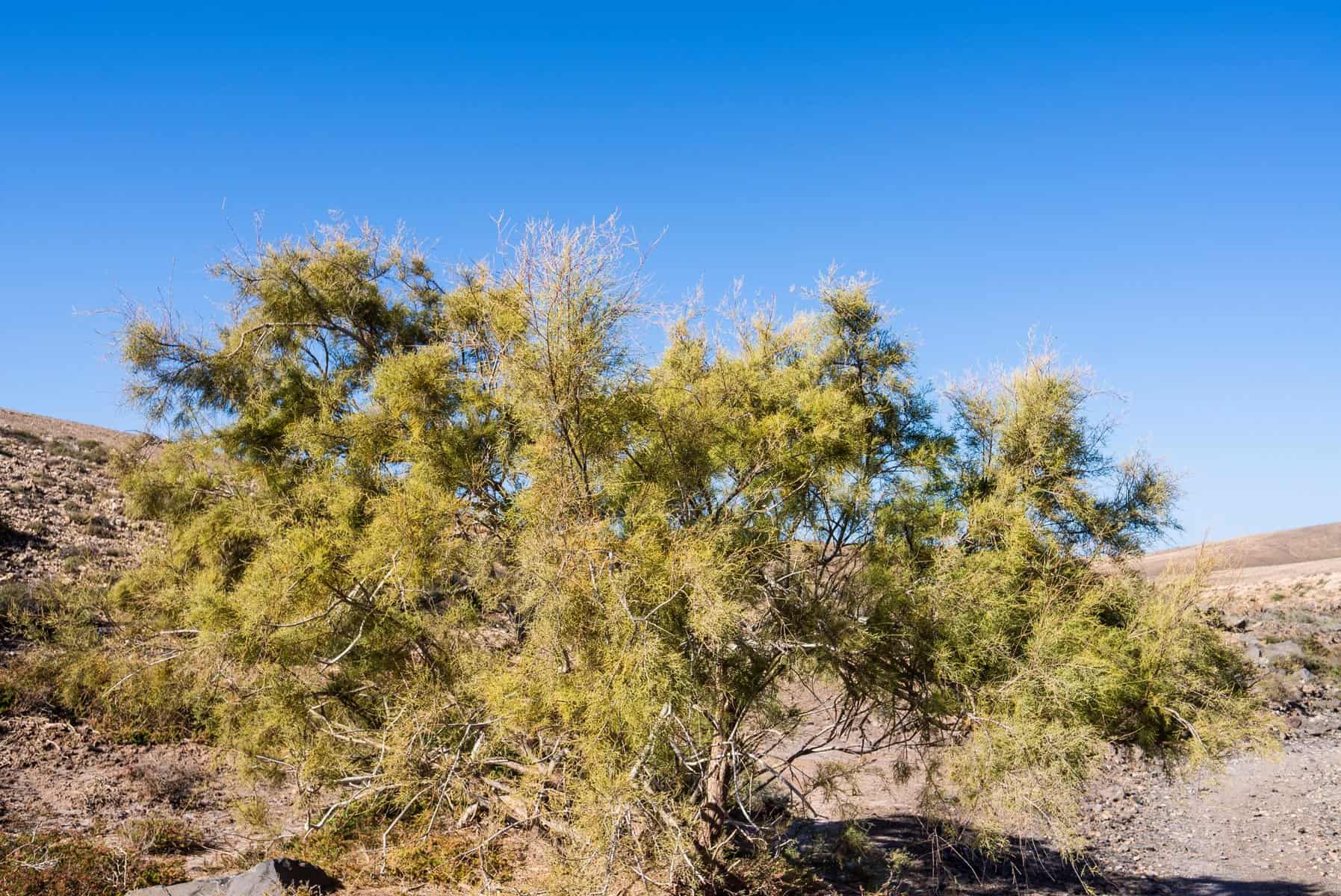Yellowstone National Park is known for its breathtaking natural beauty and diverse wildlife. However, the park is facing a new threat in the form of invasive species. In this post, we’ll take a closer look at some of the most common invasive species in Yellowstone National Park and the efforts being made to address them.
What are Invasive Species?
Invasive species are non-native plants and animals that have been introduced to the park and are causing harm to the ecosystem. These species can displace native species, change the park’s natural habitats, and disrupt the balance of the ecosystem.
These species are often brought to a new area through human activities such as trade, travel, and recreation. Once established, invasive species can be difficult to control, and they can have significant impacts on the ecosystem.

Common Invasive Species in Yellowstone National Park
Unfortunately, the list of invasive species is long and always changing. With visitors from all over the world, there are endless means of introducing non-native species to our public lands. Although Yellowstone works hard to manage these species, it is an ever-present battle.
- Eurasian watermilfoil: This non-native, aquatic plant was likely introduced to the park through the release of aquarium plants or boats and trailers carrying water from infested areas. Eurasian watermilfoil can form dense mats that can clog waterways, making it difficult for native species to survive.
- Spotted Knapweed: This invasive plant is native to Eastern Europe. It creates a monoculture and outperforms many native species in the competition for space and water. Thus, it replaces forage and alters the hydrology of the park.
- Zebra mussels: These invasive mussels were likely introduced to the park through the release of aquarium pets or boats and trailers carrying water from infested areas. Zebra mussels can clog water intake pipes, reduce water quality, and harm native species by competing for resources and altering the ecosystem.
- Myxobolus Cerebralis: This aquatic parasite impacts the waters of Yellowstone by creating diseases in trout and other fish.
For more invasive species in Yellowstone’s waterways, see this park publication. For a more comprehensive list of invasive plantlife in Yellowston, see this park publication.
Impacts of Invasive Species in Yellowstone National Park
Invasive species can have significant impacts on the park’s ecosystem and wildlife. These impacts include:
Displacement of native species
Invasive species can outcompete native species for resources, reducing biodiversity and wildlife habitat. They can quickly adapt to new surroundings and exploit available resources that native species rely on for survival.
Invasive species often have no natural predators or competitors in their new environment. This allows them to reproduce and spread rapidly. They can also outcompete native species for space, food, and other resources, leading to a decline in native populations.
Alteration of natural habitats
Invasive species can alter the physical and biological structure of habitats by modifying soil conditions, changing water flows, and altering nutrient cycles. The presence of invasive species can also lead to the complete loss of natural habitat.
This can have serious consequences for the health and wellbeing of both wildlife and humans who depend on these habitats for food, clean water, and other resources.
The presence of watermilfoil in Yellowstone’s waterways is an example of the invasive species altering native habitats through physical means.
Disruption of the ecosystem
Invasive species can alter the balance of the ecosystem, affecting food webs and other ecological processes. When non-native species outcompete native species for resources it alters food webs and nutrient cycling. This can result in a decrease in the population size and even the extinction of native species.
Invasive species can also introduce new diseases, parasites, and predators that can further impact native species. An example of this in Yellowstone is the parasite, myxobolus cerebralis, that causes disease in the fish populations.
Economic impacts
Invasive species can cause significant economic harm by affecting agriculture, forestry, fisheries, and other industries that rely on healthy ecosystems. The cost of controlling and eradicating invasive species can be high, often involving the use of chemical treatments, manual removal, or other management strategies.
Invasive species can also damage crops and reduce yields leading to economic losses for farmers and other agricultural producers. In forestry, invasive species can compete with native tree species reducing the overall value of timber and other forest products. Invasive species can also impact commercial and recreational fishing by altering fish populations and reducing the availability of fish for harvest.
Additionally, invasive species can impact human health, such as spreading diseases like West Nile virus or Lyme disease. This can lead to increased healthcare costs.
Thus, preventing the introduction and spread of invasive species is crucial for maintaining the health and resilience of ecosystems.
What is Being Done to Address Invasive Species in Yellowstone National Park?
The National Park Service (NPS) and other organizations are working to address the invasive species threat in Yellowstone National Park. These efforts include:
- Monitoring and Surveillance: The NPS conducts regular surveys and monitoring programs to detect and track the spread of invasive species in the park.
- Prevention: The NPS has implemented several measures to prevent the introduction of new invasive species into the park, including inspections of boats and trailers, and educational outreach to visitors.
- Early Detection and Rapid Response: The NPS has a program in place to quickly detect and respond to new invasive species introductions in the park. This involves the rapid deployment of control efforts to prevent the establishment and spread of new invaders.
- Control and Management: The NPS and other organizations are implementing various control and management strategies to reduce the impact of invasive species in the park. These strategies include manual removal, chemical treatment, biological control, and habitat restoration.
- Research: The NPS and other organizations are conducting research on the ecology and control of invasive species in the park, which will inform future management efforts.
- Outreach and Education: The NPS is educating visitors and local communities about the dangers of invasive species and how they can help prevent their spread. This includes information on the “clean, drain, and dry” program, which encourages boaters and other recreational users to clean their equipment before entering and leaving the park to prevent the spread of invasive species.
Overall, the NPS and its partners are working hard to address the invasive species threat in Yellowstone National Park and protect its natural resources for future generations. If you would like to help, connect with the conservation organization, Yellowstone Forever.

